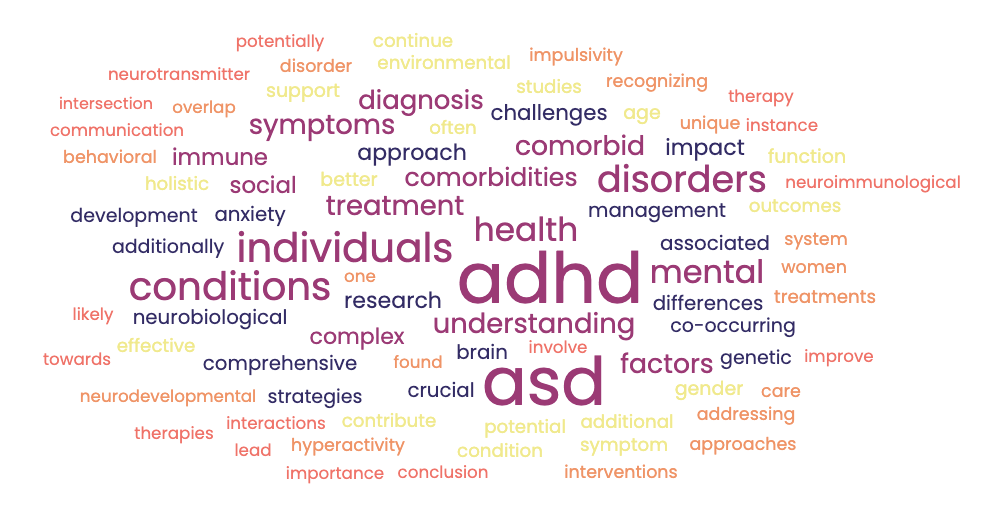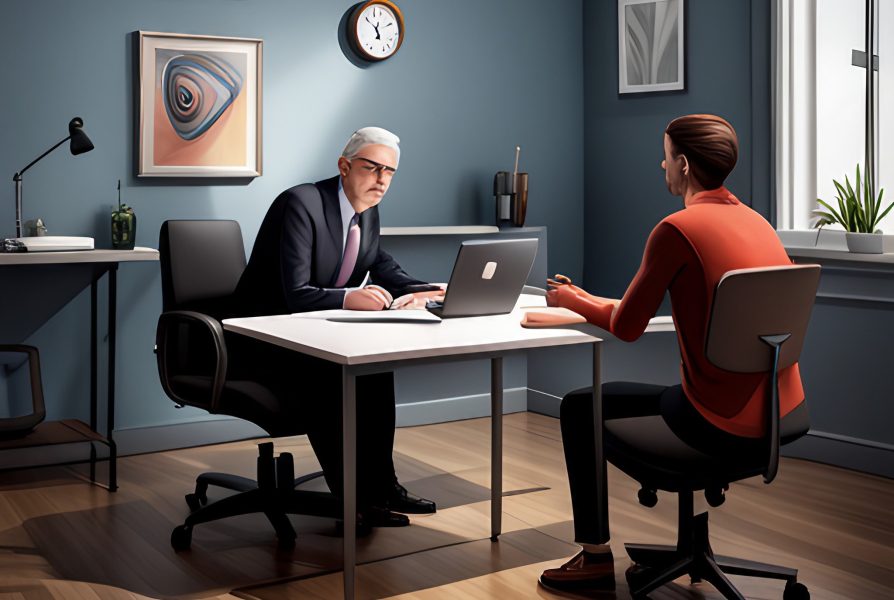Core beliefs are the underlying ideas we hold about ourselves, others and the world. These ideas develop during childhood as you begin to use your relationships with caregivers and your own experience to interpret the world around you. From this learning and interpretation, you develop specific thoughts and rules that allow you to get your needs met.
While in many cases these beliefs can be helpful, there are times when they can cause negative emotions. For example, it is has been suggested that those individuals who experience symptoms of depression are more likely to have core beliefs that tell them that they are helpless and/or unloveable (McQuaid & Carmona, 2004). Those with anxiety are more likely to have beliefs that suggest that the world is an unsafe place. If you find that you are suffering from symptoms of depression and/or anxiety then it can be very helpful to examine what your core beliefs may be.
Identifying Core Beliefs
The first step in identifying problematic core beliefs is to first learn to identify those thoughts that are bouncing around in your head every day. We refer to these thoughts as automatic thoughts because they simply arise and pop into our heads without conscious thought.
There are two relatively easy ways to identify your automatic thoughts. The first is to simply sit quietly and observe your thoughts. You can do this at any time but are likely to find this technique most helpful when you have been feeling down or edgy and anxious for a period of time. The idea is not to ponder whether these thoughts are true or false. Instead the goal is simply to begin to identity the thoughts. The other way to identity your automatic thoughts is to look for times when your feelings or mood shift abruptly such as when you begin to feel angry. Again, the goal is not to spend time ruminating on the thoughts. We simply want to label them as thoughts and take note of the content. Once you can identify these thoughts it is very helpful to write them down.
The next step is to use those automatic thoughts to dig down to the underlying core beliefs. One of the most powerful techniques for identifying core beliefs is the downward arrow technique. Essentially, the downward arrow technique asks you to begin to ask questions about your automatic thoughts. Here are some questions that can be helpful (adapted from McQuaid & Carmona, 2004):
-
What does this statement say about me in this situation? What does it mean?
-
What does this thought tell me or say about how I view the world, my friends or my family?
-
What is the worst thing that this statement or thought may say? Why is this situation, thought or feeling so bad?
-
What thoughts do I have about myself that would make this thought or situation so bad? What is causing me to feel so upset?
The Downward Arrow in Action
Here is a example of this technique in action:
Joe applies for a job and gets a call that the position has been filled. His first thoughts is: “of course, I didn’t get the job.”

Joe takes note of this thought when he realizes that he is feeling both angry and sad for several days after the call. So he asks himself, “What does this thought say about me?”

He concludes that, “It means that I never get the job.” And “I am always the second or third choice.”

He then asks himself, “What is the worst thing about not being selected?”

He learns that, “It means that I am not good enough.”

He then asks, “Why is this so upsetting to me?”

He realizes that it means that, “I feel like I am not worthy of a good job”

Joe’s underlying core belief is, “I am not worthy.”
Now it is clearly disappointing to not get a job offer when you are excited about the potential position; but, for Joe, this is about more than simply being let down. He finds that he is having a strong negative reaction that has gone on for a period of time. Not only does this core belief make him feel bad, it could lead to him being less likely to try for another position. Therefore, it is important for Joe to be able to understand why he is having so much trouble in this situation. Without understanding his core belief, Joe is powerless to change it. Once he is able to recognize this negative idea he has about himself, he is capable of working to improve his view of himself.
Core beliefs are powerful underlying messages that we send ourselves, often without evening understanding what is happening. Therefore, it is extremely helpful to begin to notice the thoughts that you are having when you feel upset. You can then dig deeper to understand what core ideas you hold that could undermine your view of yourself and others so that you are able to take steps to change them.
If you are interested in more information on how to change your core beliefs, look for our next post that focuses on how to change your core beliefs.








